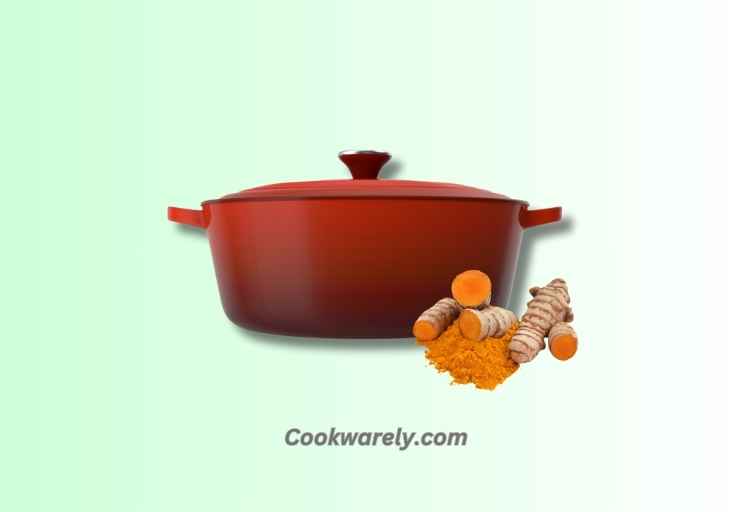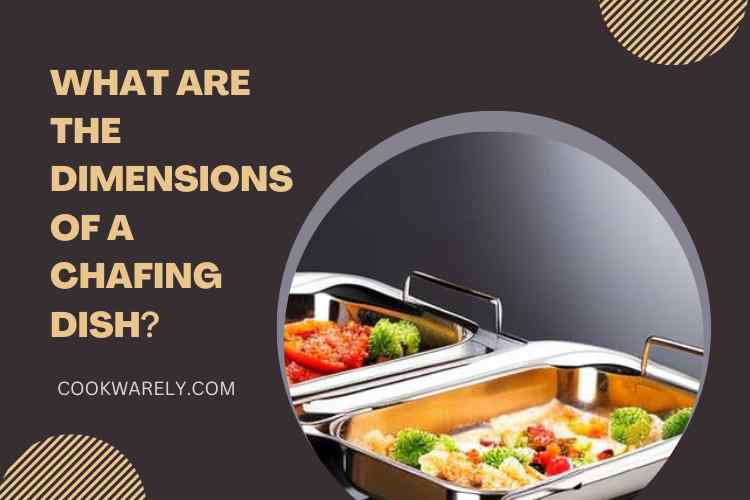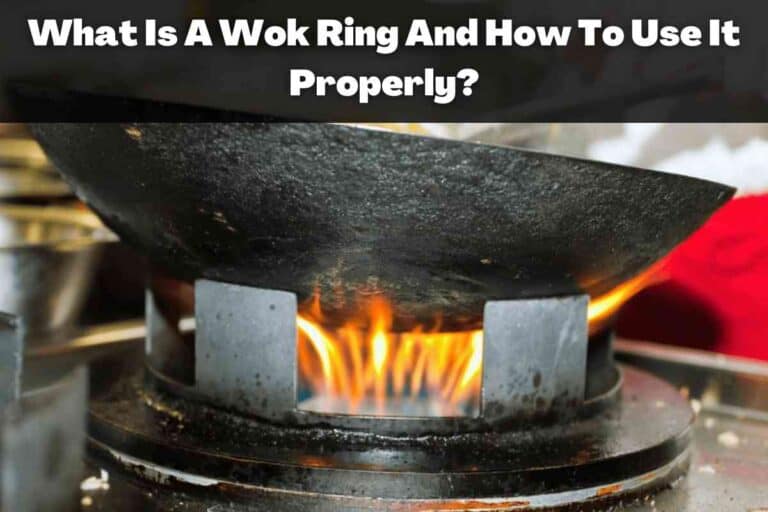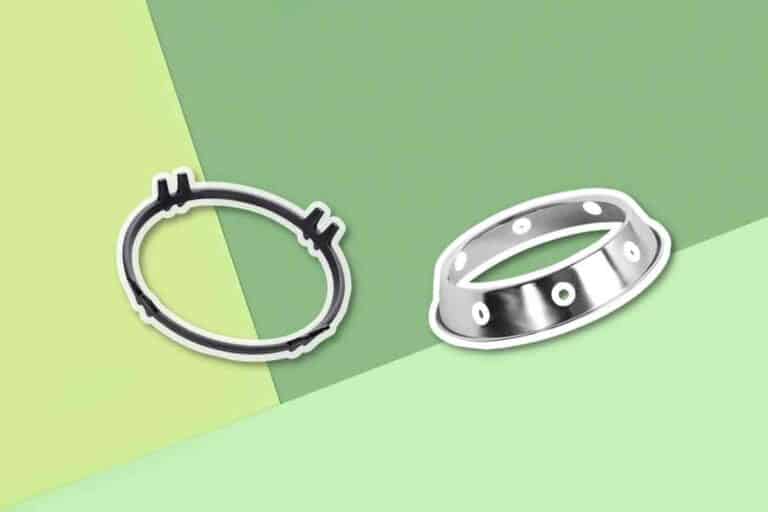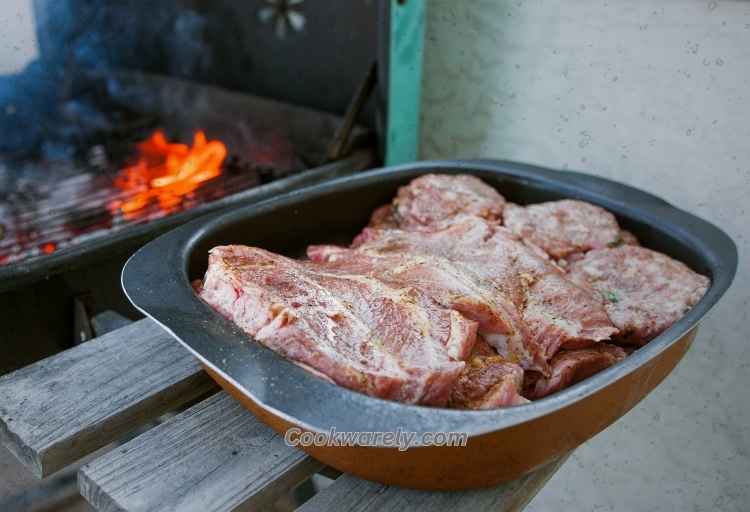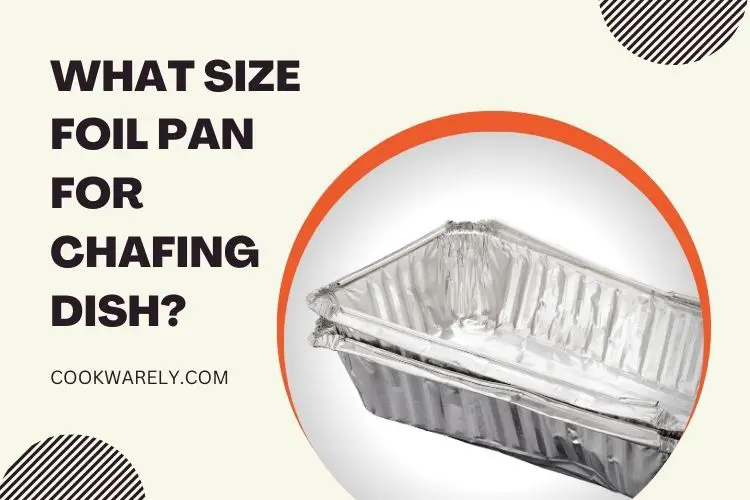How Energy Efficient Is Induction Cooking?
Induction cooking is super good at saving energy. It uses almost all of the energy for cooking, around 90%. This is much better than regular electric stoves (around 74%) and gas stoves (only about 40%). So, if you want to save energy and money, induction cooking is a great choice!
Induction cooking is a form of cooking where heat is produced directly by magnetic induction.
Unlike traditional stovetop or oven methods, which require heating a surface to produce heat, induction cooking uses an electromagnetic field to transfer heat to cook food.
For years, the standard cooking method has been using a stovetop. That means the stovetop is where the heat is generated and used to cook the food.
6 Aspects Of Induction Cooking
| Aspect | Description |
|---|---|
| Energy Efficiency | Induction cooking is highly efficient, with up to 90% of the energy consumed effectively used for cooking. In contrast, traditional electric stoves are around 74% efficient, while gas stoves are only about 40% efficient. |
| Comparison to Electric Stoves | Induction cooking tops are about 5-10% more efficient per unit compared to conventional electric resistance units. |
| Comparison to Gas Stoves | Induction cooking is approximately three times more efficient than gas stoves. |
| Eco-Friendly | Due to its high energy efficiency, induction cooking is considered eco-friendly as it reduces energy waste and greenhouse gas emissions. |
| Cost Savings | The energy efficiency of induction cooking can lead to lower energy bills, making it a cost-effective choice in the long run. |
| Safety | Induction cooking is safer than gas or open-flame cooking methods as it doesn’t produce an open flame and heats only when cookware is placed on the surface, reducing the risk of burns and fires. |
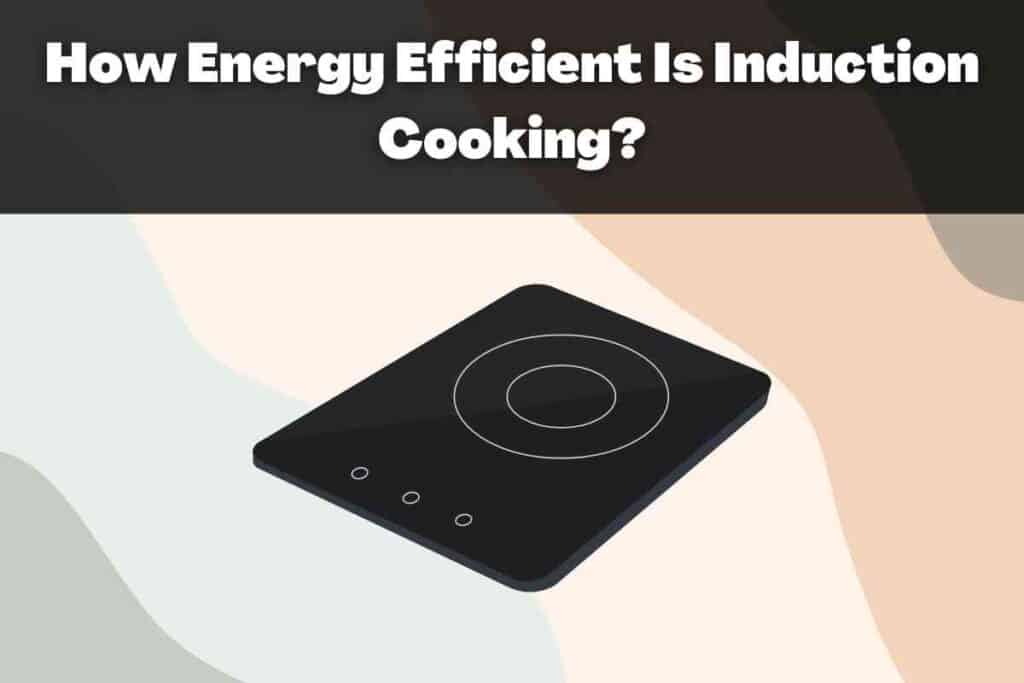
But induction cooking is a new trend that everyone should try. Induction cooking is a new technology that uses magnetic fields to transfer heat. It’s the same as the way magnets work.
The difference is that the magnet doesn’t have to work near the pot or pan. It just needs to be close enough to transfer heat.
Is It Worth Investing in?
You might ask, “is induction cooking worth investing in?” There are pros and cons, and you need to weigh them against each other.
Pros
Induction cooking is a better alternative to gas or electric cooking. In the United States, electricity is a big deal. We spend a huge amount of our time and energy on making sure that we can have the energy we need.
The same is true for gas. Even though gas is less expensive than electricity, you still have to buy it.
Another reason why induction is better is that it’s cleaner. This is a good thing if you’re worried about having your house filled with dangerous chemicals.
But what if you’re worried about wasting energy? You don’t have to worry about wasting energy with induction.
Cons
Induction requires a large area to work. If you live in a smaller apartment, you won’t be able to cook with it.
You’ll have to find an area in your kitchen that is well-lit and away from appliances and other metal objects.
This can be a problem if you have a small apartment. But it’s not as much of a problem if you have a larger apartment.
Induction requires a strong and powerful magnet. If you’re not buying an induction cooktop, then you’ll need to invest in an induction oven.
Ovens are generally more expensive than induction cooktops, but you’ll save on the cost of gas.
How Can I Save Money by Using an Induction Cooktop?
The first reason to use an induction cooktop is that it saves energy. In the United States, we have a growing problem with electricity and heating costs.
According to a study by the U.S. Department of Energy, a family of four spends $4,400 annually on energy bills alone. That’s an average of $367 per month.
If you’re in the market for an induction cooktop, you might wonder how much you can save. According to the U.S. Energy Information Administration, the average price for an induction cooktop is between $75 to $500.
If you bought the standard gas stove and induction cooktop model, you would save about $50 per year.
Which Induction Cooktop Brand Is the Most Energy Efficient?
In order to make sure your induction cooktop is performing well, you need to know how much electricity it uses.
The best way to do this is to have a professional install an electric meter on your induction cooktop and measure the electricity consumption.
The following are the recommended brands on Amazon:
For most people, having an electrician come to your home is not worth the hassle. But if you have the money, it’s a great way to determine which brands are the most energy efficient.
While shopping around, you’ll find that many companies list their energy efficiency ratings on their websites. But it’s important to remember that the ratings aren’t very accurate.
Some companies will inflate their ratings to make their products look better. Others will make their ratings appear more impressive by using unrealistic numbers.
There are many other factors that can affect energy efficiencies, such as the size of the cookware, the type of pans, and the cooktop’s design.
Induction Cooktops vs. Other Cooking Technologies
While induction cooking is still a new technology, it is being used by major brands such as Samsung, LG, and other prominent household names.
While the technology is still relatively new, we know it is far better than conventional cooking.
Why?
Because it cooks food faster, is energy-efficient, and heats evenly.
How Energy Efficient Is Induction Cooking?
Induction cooking is a great way to save energy in the kitchen. Induction cookware uses coils beneath the cooking surface to convert electrical energy to heat.
This heat transfers directly into the cooking vessel. This eliminates the need for an electric burner or gas line. This technology can cook foods faster than other methods.
Induction cooktops are not perfect, so it may take some practice to get the hang of it. First, make sure you use the right-sized cookware.
A pot that is too large or off-center will not work. Also, make sure you use flat-bottomed pots. The heating element sometimes cuts out without warning.
Another advantage of induction cooking is that the temperature can be adjusted instantly. This allows you to cook your food at a consistent temperature.
This allows you to simmer a white sauce without burning it. It also means less time is used for cooking. You can prepare a meal in less than 30 minutes instead of the normal time of an hour.
Induction cookers are also very cheap. You can buy them in Asian grocery stores or outlets for under $50 US. They plug directly into the wall and are a great way to cook in a small household.
For a single or two-person household, one unit would pay for itself in less than 11 years, while two units would pay for themselves in seven years.
Does induction cooking use more electricity?
The answer to the question “Does induction cooking use more electricity?” depends on the type of cookware you’re using and the amount of electricity you’re using to heat the pots and pans.
If you’re using a 2000-watt induction cooktop, the device will use about two units of electricity an hour. In comparison, if you’re using a 750-watt stove, you’ll use 1.4 units of electricity per hour.
One of the biggest benefits of using an induction cooktop is that it doesn’t produce excess heat. In contrast, traditional gas and electric ranges create hot air around the pan, which can add a considerable amount of heat to the environment.
This heat is wasted and can require air conditioning, raising your electric bill. In contrast, induction cooktops transfer heat directly into the pot.
Another great advantage of induction cooking is the precision of temperature. This means that you can easily control the temperature without worrying about overcooking.
For example, induction cooktops are easier to use when making delicate sauces or melting chocolate since you don’t need to worry about the temperature or the use of a bain-marie.
What are the advantages of induction cooking?
Induction cooking is a revolutionary new way of cooking. These big magnets that are built into the cooktops are used to heat the food you prepare. This type of cooking has many advantages, but it isn’t for everyone.
In fact, there are some disadvantages as well. Before buying an induction cooker, it’s important to know how to use it properly.
First, induction cooking is much more energy-efficient than conventional electric and gas cooking. Some sources say it’s up to 90% more efficient. In fact, a study conducted by the U.S.
Department of Energy found that induction cooktops are 70.7-71% more efficient than electric and gas cookers. This means that you will use a fraction of the power you’d normally use for cooking.
Another benefit of induction cooking is that it heats food much faster than conventional stoves.
This means that cooking time is significantly reduced, and clean-up is much easier. Additionally, induction cooktops are easier to maintain than conventional cooktops because the surfaces don’t get hot.
What are the disadvantages of induction cooking?
Induction cooking is faster and uses less energy than traditional stovetop cooking. It also produces less residual heat, which means lower energy bills. An additional benefit is that induction heats pans instantly.
And since 90% of the heat goes directly to the food, it also uses less ventilation, making it ideal for urban households without an outdoor vent.
Induction cooking is faster and safer than gas stoves. It also reduces air pollution. The technology is more accurate than conventional cooking methods, which makes induction a better choice for environmentally conscious cooks.
However, an induction cooker is more expensive than a gas stove, and a power supply is required.
Despite its advantages, some people remain hesitant to make the switch. Many people may be skeptical of the new technology. They have never cooked with an induction cooktop before, and some people are uncomfortable with unfamiliar cooking methods.
Some potential owners may be hesitant to switch due to this fear. Some people may also be wary about using this cooker type, similar to convection ovens.
However, convection ovens are more expensive than standard bake modes, and the new technology is a new and unfamiliar concept.
How much electricity does a induction cooktop use?
Induction cooktops use thermal conduction and electromagnetic induction to heat food and generate heat. They usually range in wattage from about 1300 to 3500 watts. The average household model consumes about 1800 watts.
To determine the amount of electricity an induction cooktop uses, use a wattage calculator. The calculator allows you to enter the wattage and the number of hours the cooktop will be in use. Once you enter the information, the wattage is converted to kWh.
If you want to know exactly how much electricity an induction cooktop uses, you can use an online calculator. All you need to do is enter the wattage of the induction cooktop, the number of hours you will use it, and your electricity tariff.
The calculator will then give you an accurate estimate of how much power your induction cooktop will use. Alternatively, you can use a Kill-A-Watt meter to measure your unit’s power consumption. These devices are easy to use and provide accurate data on your electricity usage.
The main advantage of an induction cooktop is that it does not waste heat while cooking. This makes it a safer alternative to an electric cooktop. It also uses less energy.
For example, one liter of water will boil much faster on an induction cooktop than on an electric one. Furthermore, induction cooktops can be cheaper.
You don’t need to buy specialized cookware for it, so your choice will depend on your kitchen’s needs and budget.
The Bottom Line
Induction cooking is one of the most efficient ways to cook, but it can also be a little tricky to set up.
However, if you are interested in trying to save money by switching to induction cooking, I recommend giving it a go. It’s a great way to reduce energy costs while still having tasty food on the table.
I hope you found this blog helpful!
Thanks for reading!

